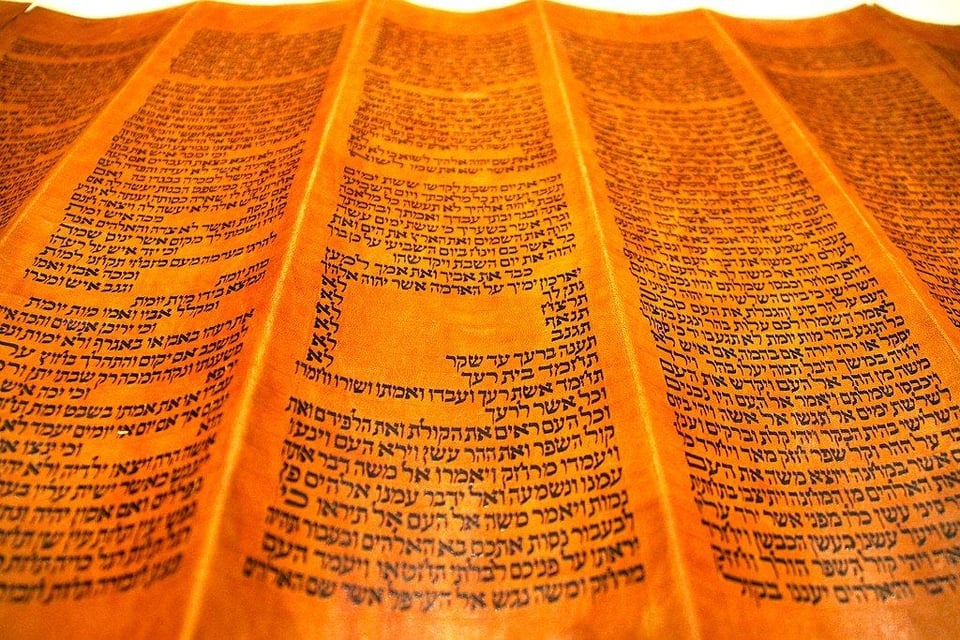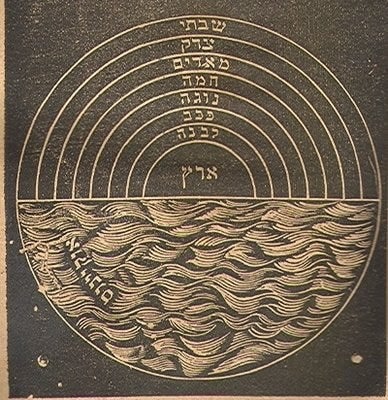Reading between the letters
👋 If you’re new here, I’m Eve Harms, fiction writer of horror, bizarro, and exploitation tales. Mostly recently I co-wrote CHASERS, a horrific and powerful splatterpunk thriller about a trans woman discovering a peephole in her new apartment. It’s available wherever books are sold.
I also make zines, apps, and other precious and useful things. This newsletter is where I share my thoughts on art, creativity, and my many other esoteric interests.
The past few years I’ve spent a lot of time researching Kabbalah, the predominant form of Jewish Mysticism, for a yet-to-be-titled horror fantasy book series I’m writing. As a Jewish person I’m finding it as fascinating as it is spiritually enriching, but I think any curious individual could share in my fascination.
If you have any notions about Kabbalah related to the cult Madonna joined with the red strings or ceremonial magick (Qabalah, Cabala) please discard those preconceptions. My interest is in the original and true Kabbalah of the Jewish tradition. Instead of giving you a “Intro to Kabbalah” article, I’m going to highlight an aspect of the practice I find interesting.
Practitioners of Kabbalah get their primary spiritual information in two ways. The first source is from revelations discovered during ecstatic experiences where one induces a trance-like state. In this state, one either loses themself in the totality of existence or enters a metaphysical realm. The second source is from decoding The Torah, the sacred scroll that can be found in every synagogue and forms the basis of Judaism.
The Torah’s text and it’s infinite interpretations are core to all Jewish practices, but Kabbalists take it much further.

The Torah has vowels, but it’s written without them. If it were written in English instead of Hebrew th txt wld lk lk ths. Kabbalists use the lack of vowels in the written Torah by adding new ones to change the established words, exploring the nearly infinite different configurations and adding layers of interpretation on top of them. To illustrate the concept: “HOME” would be spelled “HM” and could be changed to “HIM”.
“That is why the Torah scroll must not be vowelized, for the meaning of each word accords with its vowels. Once vowelized, a word means just one thing. Without vowels, you can understand it in countless, wondrous ways.”
- Daniel C. Matt, The Essential Kabbalah
In addition to changing vowels, each Hebrew letter is also associated with a number that can be used to calculate numerical values of words. The numbers are charged with meaning, and connections are made between words with the same numerical value. For example, the numerical value of The Serpent and The Messiah are the same. A curious connection to explore! The practice of decoding the numbers of the words in the Torah and making new connections with them is known as gematria.

“Most important, every word itself is a code for something else… garden can mean earth, water can mean the Divine Presence, Eden can mean mother. Kabbalists are enormously creative in their attempts to break the mystical codes. They feel that each teaching is drawn from another level of reality.”
- Rabbi David A . Cooper, God Is a Verb
The last way Kabbalists gain spiritual information from the Torah is by filling in the gaps in its familiar stories with writings done in trance-like states. These supplemental texts are then incorporated into new holy books like The Zohar.
Kabbalists believe by using these ways to decode the Torah they can uncover all of the secrets of the universe and creation.
As someone who is interested in antiliteralism and “reading between the lines” this way of engaging with a text is absolutely fascinating to me. In Kabbalah, the letters themself are sacred and the act of reading is a spiritual act. In true esoteric tradition, what is hidden is more significant than what is obvious and before you. If you keep one foot on the ground and don’t let yourself slip into conspiratorial or magical thinking, engaging in this way can help you make meaningful connections you would have otherwise missed.

I recently made a writing app that provides visual feedback and stimulation while you write, and I have been blown away by the response. It went viral on twitter, was downloaded over 7,500 times and featured in Nathalie Lawhead’s talk/blog post about Silly and Useless Software. It’s called StimuWrite and you can get it for free or donation on itchio for your Mac, Windows or Linux computer. Plans are already underway for a version 2.


That’s all for now, thanks for reading 🖤
Add a comment: